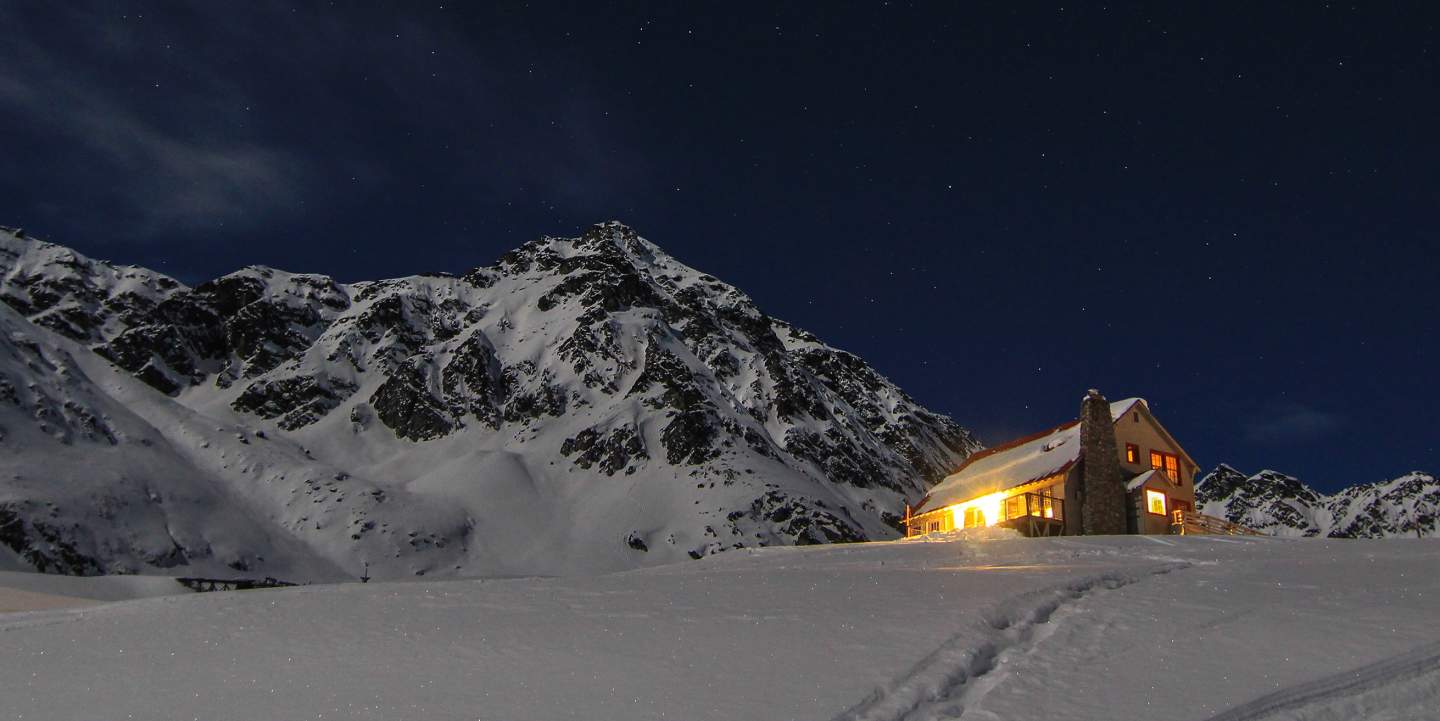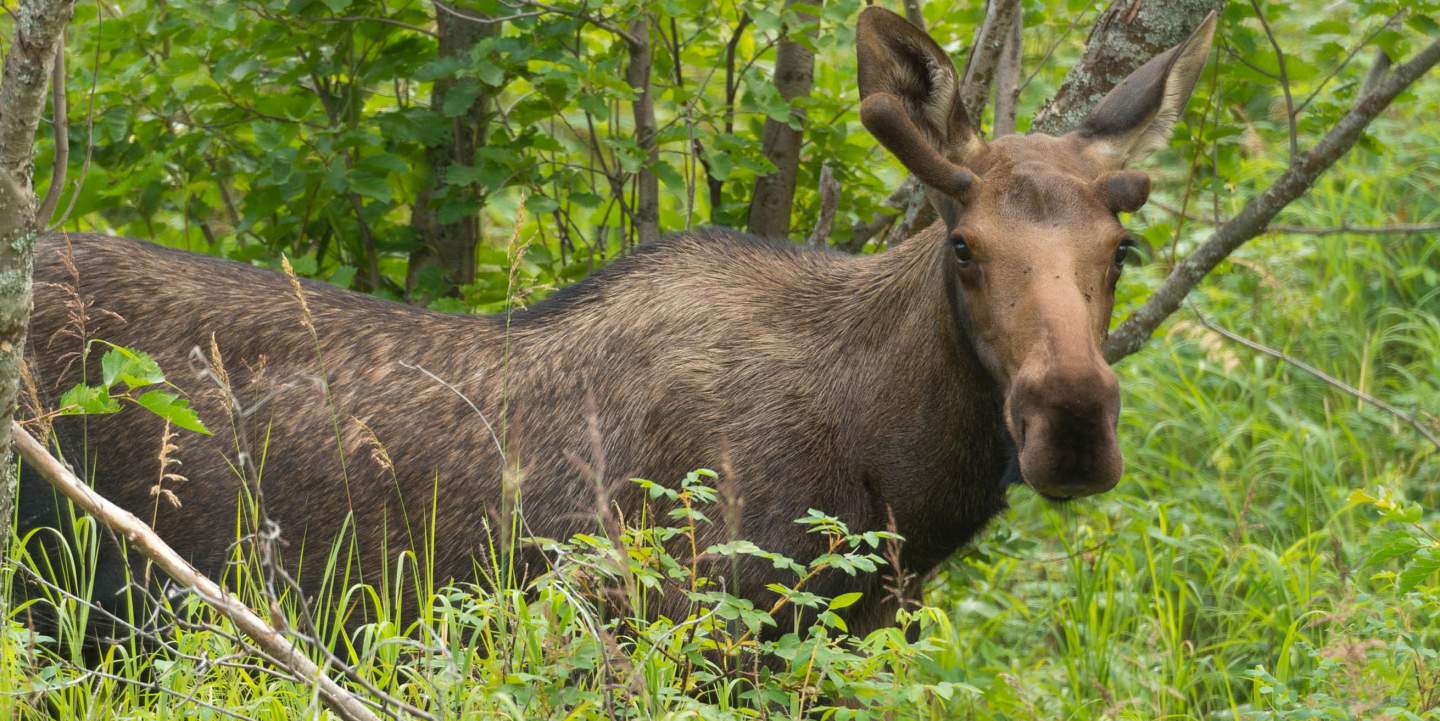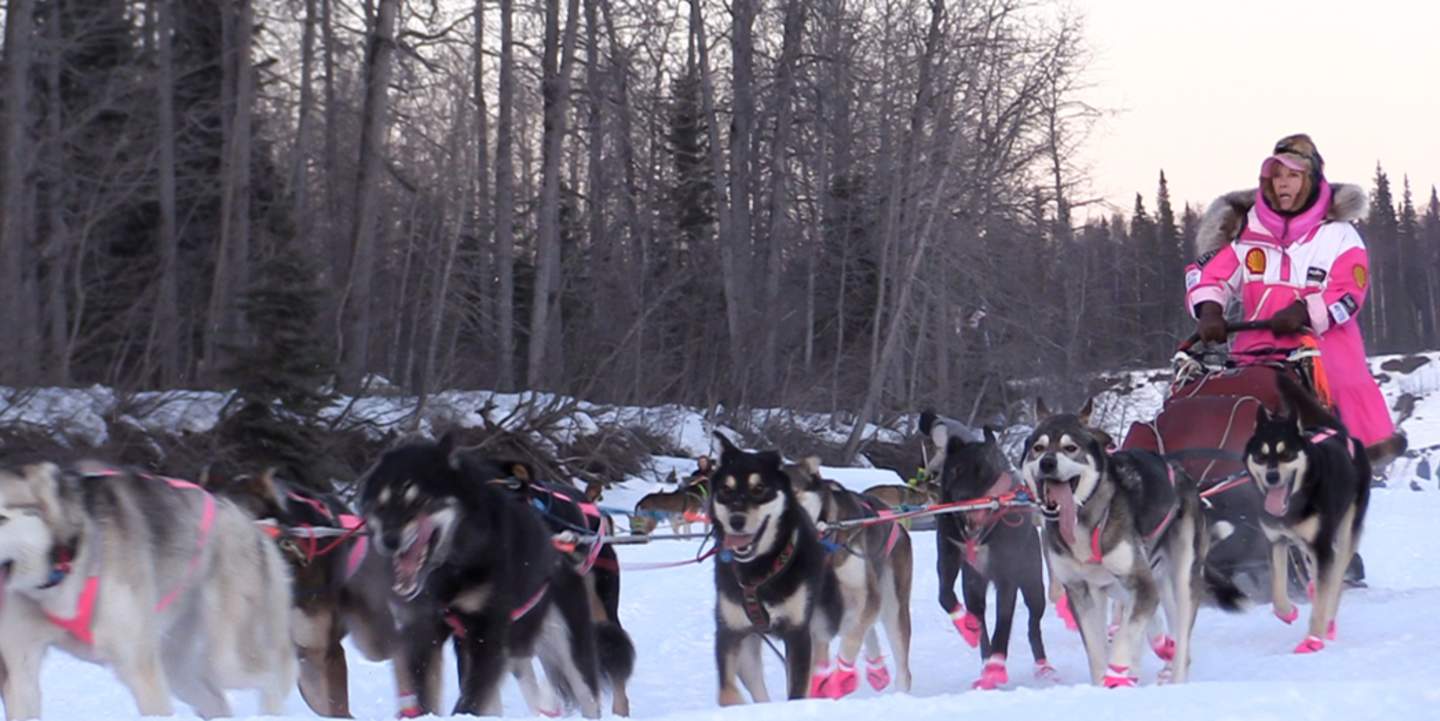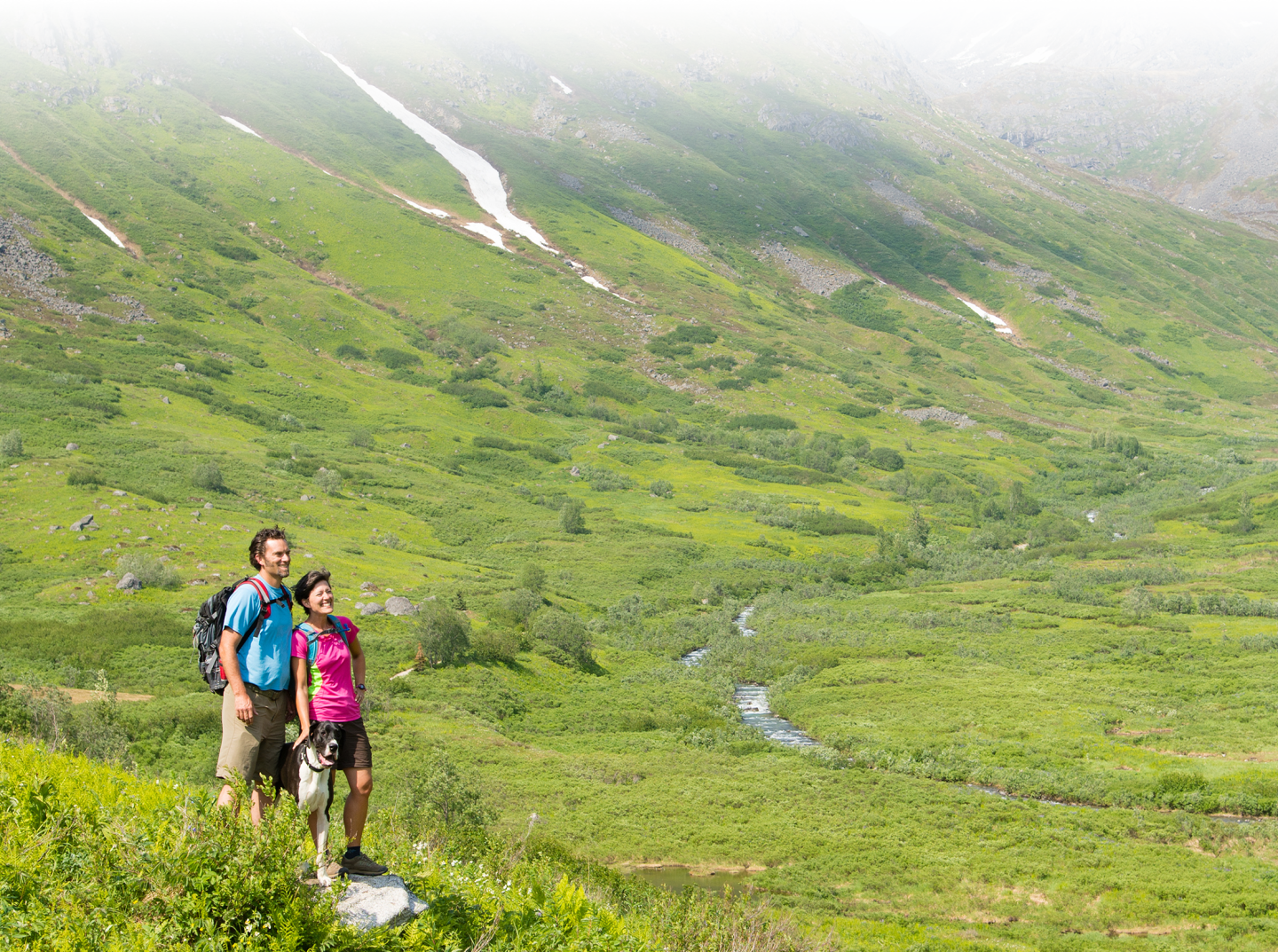Iditarod 2025
Alaska's favorite athletes (and their mushers) are getting ready for the world-famous Iditarod Trail Sled Dog Race in 2025! One of Alaska's biggest sporting events begins with a ceremonial start in Anchorage on Saturday, March 1 at 10 a.m. This year, the race begins in Fairbanks on Monday, March 3 at 2 p.m. Last year's winner, Dallas Seavey, finished in 9 days, 2 hours, 16 minutes and 8 seconds. This year, over 30 dog teams plan to travel nearly 1000 miles of historic trail from the community of Willow all the way to the city of Nome!
Mushing is a way of life for many Alaskans. The Iditarod Race has long been a focal point of this shared passion. Now more than ever before, sled dog enthusiast can follow the race through a suite of fan features on Iditarod.com, like live map updates, checkpoint stats, and even videos from the trail taken by mushers! Learn more about this race at Iditarod.com.
How to see the start
The "Last Great Race" begins in downtown Anchorage with a ceremonial start on March 1 at 10 a.m. The 11-mile route does not officially count in the standings. On Sunday, March 2, mushers depart from Willow starting at 2 p.m., in two-minute intervals. This is called the Iditarod Restart. Traditionally, the race culminates in Nome, Alaska; three-time winner Mitch Seavey set a race record in 2017 by finishing in 8 days, 3 hours, 40 minutes and 13 seconds.
Iditarider Auction
At the ceremonial start in Anchorage, race fans can actually ride in the sled of their favorite musher through a program called the Iditarider Auction. People bid on particular mushers, and the winning bidders gets to be in the sled. The auction typically opens in mid-December each year.
Chase the Race
Once the race leaves Willow, it is completely off the road system, but you can still follow along. Race fans can chase the race by snowmobile, or by hiring a flightseeing company to take you to an Iditarod checkpoint. If you want to see the finish in Nome, Alaska Airlines operates a regular schedule of flights departing from Anchorage.
Iditarod Trail
The Iditarod Trail is roughly 1,000 miles long and there are actually two routes - the "Northern Route" is used in even numbered years, and the "Southern Route" is used in odd numbered years. The two routes are the same until the checkpoint of Ophir, roughly 450 miles into the race. From there, one goes north while the other goes south, until the checkpoint of Kaltag, which begins the same 250-mile stretch to the finish line in Nome.
Iditarod History
In 1925, the Iditarod Trail captured national attention as the life-saving highway for the diptheria-stricken Nome. When air travel became impossible due to the harsh winter, twenty mushers and their heroic dogs carried serum in a 674-mile relay from Fairbanks to Nome in 127.5. The first Iditarod Trail Sled Dog Race as we know it today started in 1973, with Dick Wilmarth winning the race in just over 20 days.
Notable Champions
Multiple winners
Dallas Seavey, 6; Rick Swenson, 5; Susan Butcher, Martin Buser, Lance Mackey, Jeff King, 4; Mitch Seavey, 3; Robert Sorlie 2.
Noteworthy milestones
- Fastest Winning Time: Dallas Seavey, 2021, 7 days, 14 hours, 8 minutes, 57 seconds
- Youngest musher to win: Dallas Seavey, 2012, age 25
- Most consecutive wins: Lance Mackey, 4, 2007-2010 races
- First woman to win: Libby Riddles, 1985
- First non-Alaskan to win: Doug Swingley, 1995 (Montana)








